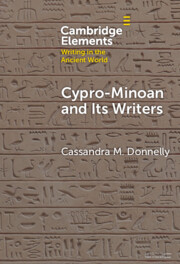Gordion has long served as an archaeological type site for Iron Age central Anatolia and provided pioneering radiocarbon (14C) determinations as reported in the first issue of Radiocarbon (1959). Absolute dating of key events at Gordion continue to reshape our understanding of regional development and interaction in the Iron Age, with a major conflagration in the late 9th BCE century at this site the most recent focus of attention (DeVries et al. 2003). Here we present the latest series of 14C determinations for Gordion from Late Bronze Age and Early Iron Age contexts. Fifteen absolute dates provide a critical new framework for establishing the timing and tempo of cultural transformation from the collapse of the Hittite Empire through to the subsequent formation of the Phrygian polity that dominated central Anatolia from the 9th to the 7th c. BCE. This chronometric revision transforms our perspective on the LBA/EIA transition at this site: from disengagement from Hittite hegemony in the 12th c. BCE, to the precocious emergence of the Phrygian capital in the early 9th c. BCE.


